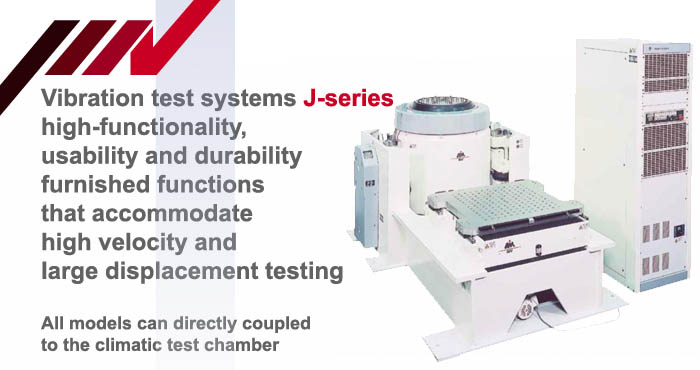Installation requirements air-cooled vibration systems from IMV
Installation requirements vibration systems: power supply, pressure air supply, environment, sables and hoses, preliminary work, additional points that might be relevant during the planning and should be considered

Power Supply
- Amplifier: 380/400/415 VAC±10%, 3/PE, 50 Hz, Permanent
- Controller: 230 VAC±10%, 1/N/PE, 50 Hz, Socket
- Overview power consumption, circuit breaker
- Option: For systems with Vacuum-Sliptable: 380/400/415 VAC±10%, 3/N/PE, 50 Hz (Power consumption depending on size of table, typical 1 to 2 kVA), Socket
Pressure Air Supply
- Connection PT 1⁄4 socket joint
- Pressure ≥ 7 bar
Environment
- Temperature (0 .. 40) °C
- Flatness of ground floor less than 1/1000
- Avoid high humidity and dust at the installation place
Cables and hoses
- Length of cables 5 m (different length available on request)
- Length of hose for blower 5 m
- Overview power consumption, circuit breaker
Preliminary work (scope of customer)
- Provide flexible power supply cable to amplifier
- Separate wiring of power and signal cables
- Exhaust air installation for blower (avoid 90° bows, max 10 m length behind blower2)
- Provide fresh air to compensate the air sucked off by the blower for the shaker cooling (i.e. noise isolated grill with filter mat), especially when the room is relatively small
- Provide sufficient ground floor for placing the vibration test system
- Vibration controller should be on the same earth potential as is the vibration test system
- Provide vibration controller and accelerometers (if not part of the order)
- Free line of sight between vibration control and vibration test system
- Supply of pressure air for vibration test system and air springs
- Offloading and transport to the designated installation place of the system and all parts being delivered
- Connection and wiring
- Meet the requirements for distances and accessibility of all components. Typical distances components vibration test system
We support our customers during the planning of the installation place and help to provide answers to all questions that might occur when in the process of setting up a new site.
Additional points that might be relevant during the planning
and should be considered by the customer:
- Will a crane be required (i.e. for maintenance of the shaker or for handling the specimen and fixtures)?
- Will an acoustic enclosure be required (the noise level of the shaker could exceed >110 dBA at certain test setups)?
- Will a decoupled foundation for the shaker (seismic mass) be required, i.e. if testing below 5 Hz is planned or if the shaker is placed nearby sensitive equipment like manufacturing of electronic components or optical measurement systems)?
Please contact us.
